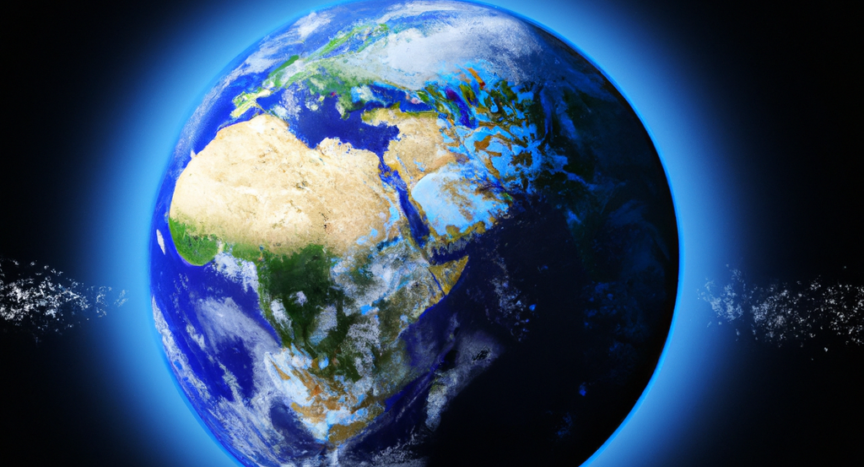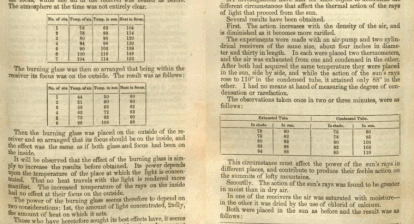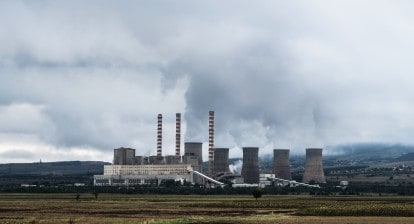The Montreal Protocol was a global deal to protect the ozone layer and a new study says it is delaying the first ice-free Arctic summer by up to 15 years.
In 1987, one of the most successful multilateral environmental efforts were undertaken when the Montreal Protocol was signed, with the objective to completely phase out ozone depleting cholorofluorocarbons (CFCs). On September 16, 1987, 196 states and the European Union (a total of 197 parties, now 198) got together to sign the Montreal Protocol. This was such a huge success and 99% of CFCs were removed from the products in which they were used, helping to save the ozone layer that protects the Earth from harmful UV radiation from the Sun.
(Read New Research Confirms Drop in Ozone Depleting Emissions: How We Healed the Ozone Layer)
The ozone depleting substances (ODSs) that were the target of the Protocol are also strong greenhouse gases, so the deal has also slowed global warming (ODSs include chlorofluorocarbons, also called CFCs, are compounds developed in the last century for industrial use as refrigerants and propellants). And this has resulted in delaying the first ice-free Arctic summer (currently projected to happen the middle of this century) by up to 15 years. This of course depends on future emissions.
According to the researchers’ estimates each 1,000 tonnes of prevented ODS emissions saves about seven square kilometres of Arctic sea ice.
“While ODSs aren’t as abundant as other greenhouse gases such as carbon dioxide, they can have a real impact on global warming,” said Dr Mark England, Royal Commission for the Exhibition of 1851 senior research fellow at the University of Exeter.
“ODSs have particularly powerful effects in the Arctic, and they played a major role in driving Arctic climate change in the second half of the 20th Century.
“While stopping these effects was not the primary goal of the Montreal Protocol, it has been a fantastic by-product.”
Dr England said “opponents of the protocol predicted a range of negative consequences, most of which did not happen, and instead there are numerous documented instances of unintended climate benefits”.
Professor Lorenzo Polvani, from Columbia University, said: “The first ice-free Arctic summer – meaning the Arctic Ocean practically free of sea ice – will be a major milestone in the process of climate change.
“Our findings clearly demonstrate that the Montreal Protocol has been a very powerful climate protection treaty, and has done much more than healing the ozone hole over the South Pole.
“Its effects are being felt all over the world, especially in the Arctic.”
The study used new climate model simulations and also showed that the protection of the ozone layer did not play a part in slowing the loss of Arctic sea ice. Rather all the benefits are related to the role of ODSs as greenhouse gases.
This global effort has been a huge success, with atmospheric concentrations of ODSs declining since the mid-1990s and current signs show that the ozone layer has started to heal. This treaty may have helped us avert a climate crisis; otherwise we would be in an even worse situation than we are now.
However, we still need to be vigilant because there are also signs that there has been a slight rise in ODS concentrations from 2010-2020.
The paper, published in the journal Proceedings of the National Academy of Sciences, is entitled: The Montreal Protocol is delaying the occurrence of the first ice-free Arctic summer.







